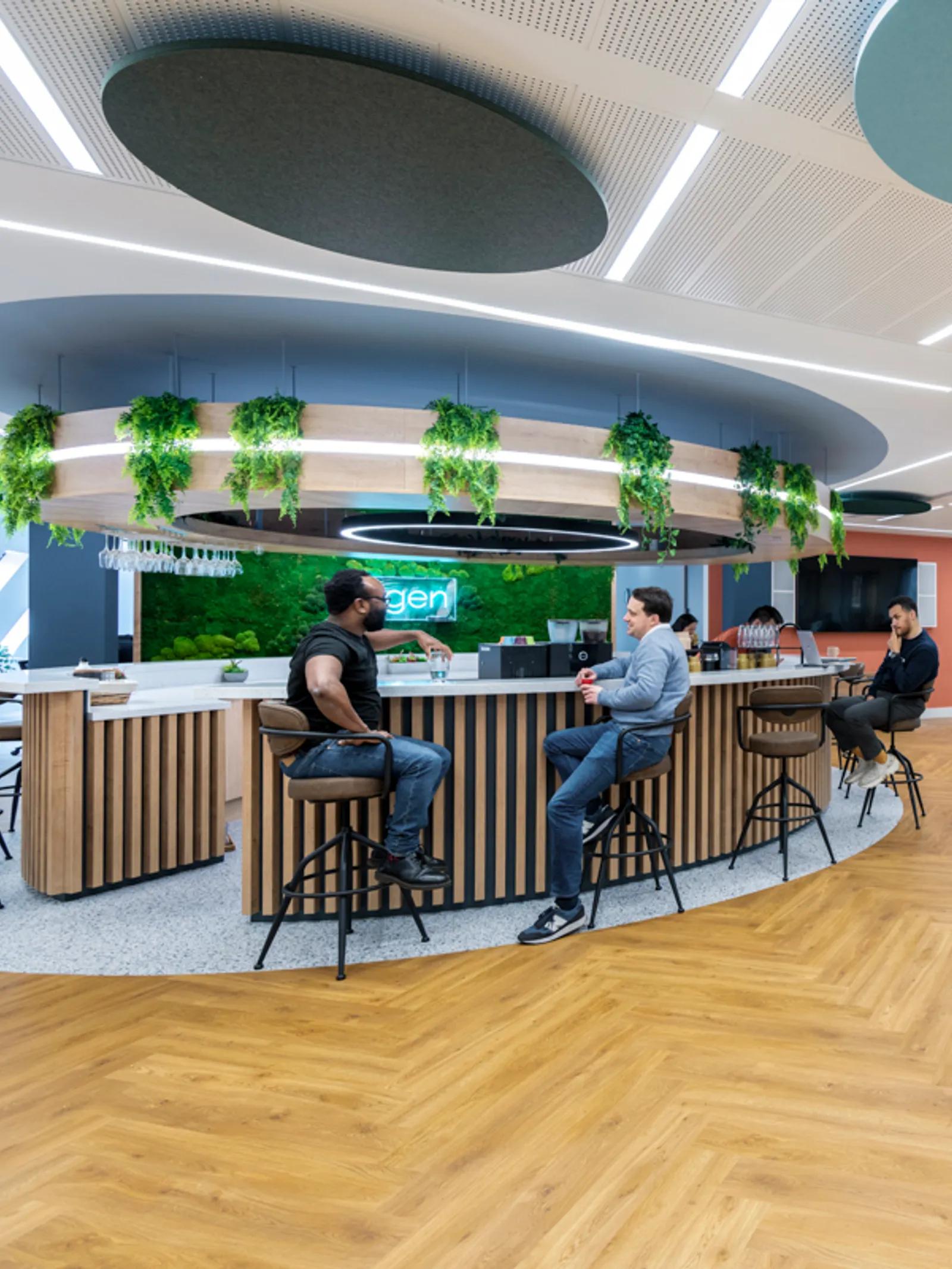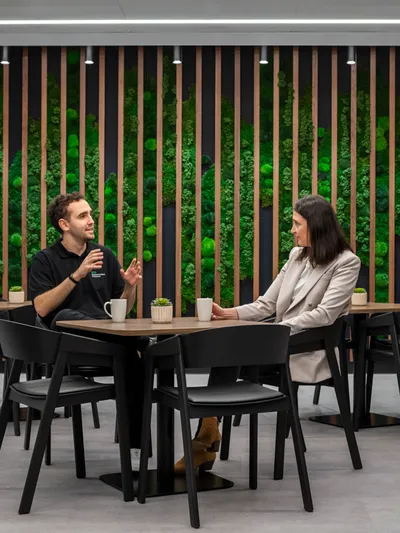The essence of agile workspace design lies in its inherent flexibility and adaptability. It breaks free from the rigidity of assigned desks and embraces a concept known as activity-based working (ABW). This means creating a diverse range of spaces tailored to different work activities, allowing employees to choose the environment that best suits their immediate needs. Whether it's a quiet focus pod for individual concentration, a collaborative zone for brainstorming sessions, or a social hub for fostering connections, an agile workspace caters to the diverse working styles within a team.
Numerous studies have documented the positive impact of agile workspaces on both individual and organisational performance. A 2020 study by Steelcase found that employees in agile workspaces reported 24% higher satisfaction, 35% greater agility, and 20% more innovation. Furthermore, an additional study by JLL revealed that companies with well-designed agile workspaces enjoyed a 10% reduction in space costs and a 20% increase in employee engagement.
Creating an agile workspace is all about breaking down barriers, encouraging movement, and fostering a dynamic environment that reflects the ever-changing nature of today's work. Ultimately, this type of working environment strives to empower individuals and teams, allowing them to be their most productive and innovative selves.
Creating an agile office space
Agile workspaces promote collaboration, flexibility, and adaptability, allowing teams to work efficiently and effectively. In order to create an agile workspace, employers need to do the groundwork to ensure that the end design is one tailored to their teams specific needs, to do so they must:
Define the purpose and goals
Firstly you must understand your team’s needs. Assess the requirements and preferences of your team members. Consider their work processes, communication needs, and preferred collaboration methods. Determine the objectives you want to achieve with the agile workspace, such as improving teamwork, enhancing creativity, or increasing productivity.
Consider layout and design options
Consider the different workplace layouts available to you, keeping in mind the limitations of your space and the impact the layout could have on your team’s productivity. An open and flexible design will typically encourage collaboration and communication. Use open spaces or remove physical barriers to facilitate easy interaction between team members.
You could also designate specific areas for different activities, such as meeting rooms for discussions, quiet corners for focused work, and common areas for informal gatherings.
Include furniture and equipment that supports an agile working environment
When creating an agile workplace, it’s also important to take ergonomics and comfort into consideration. Use ergonomic furniture and provide comfortable seating to promote productivity and reduce physical strain. Examine your current visual aids and information displays. For a more agile workplace, use whiteboards, projectors, or digital screens to display information, project updates, or visual boards for tracking progress.
Make use of collaborative tools and technology
Implement communication tools like instant messaging platforms, video conferencing software, or project management systems to facilitate real-time collaboration and remote work capabilities. Utilise digital whiteboards and collaboration software. By providing digital whiteboards or online collaboration tools, you’ll allow teams to brainstorm, share ideas, and work together on virtual platforms. You can also create knowledge-sharing platforms to store and share documents, resources, and project information for easy access by team members.
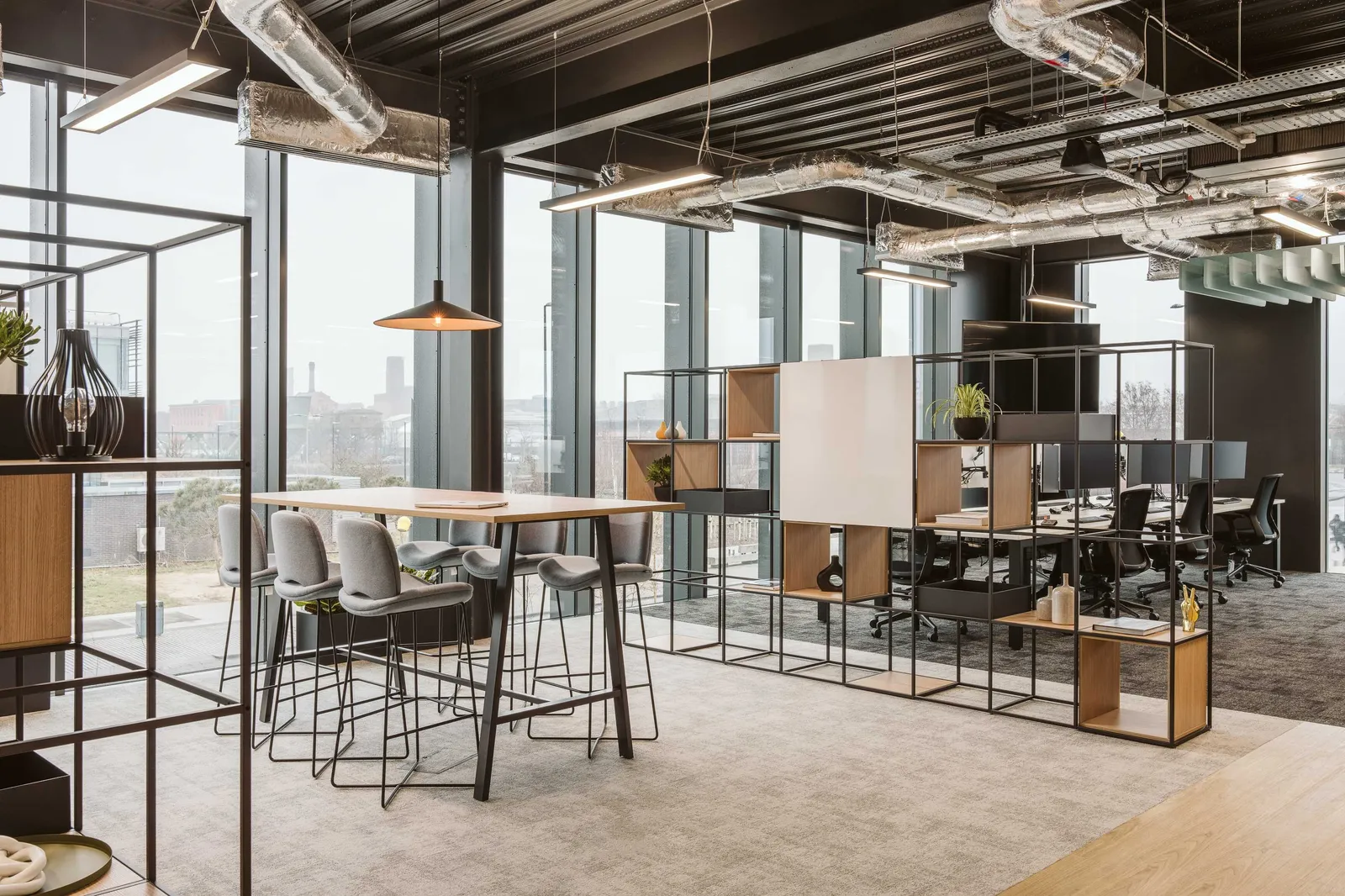
Agile workflow practices
Agile workplaces aren’t solely about smart office design. To achieve a truly agile working environment, teams must be willing to embrace the ideology at its core. Some typically agile workflow practices include:
Agile ceremonies - designate spaces for agile ceremonies such as daily stand-up meetings, sprint planning, or retrospective sessions. Ensure these areas are conducive to quick discussions and visualising project progress.
Kanban or Scrum boards - set up physical or digital boards to visually represent tasks, progress, and priorities. This helps teams track work and promotes transparency and accountability.
Agile-friendly furniture - consider using mobile furniture or agile workstations that can be easily rearranged to accommodate changing team sizes or project requirements.
Beyond ergonomics: embracing wellbeing
It is important to note however, that agile workspace design goes beyond merely providing comfortable furniture and ergonomic workstations. It recognises the crucial link between the work environment and employee wellbeing. By offering employees control over their physical surroundings, agile spaces promote a sense of autonomy and ownership, which positively impacts mental health and reduces stress. One study found that employees in the ABW reported significantly lower levels of stress and higher levels of engagement compared to those in traditional office settings.
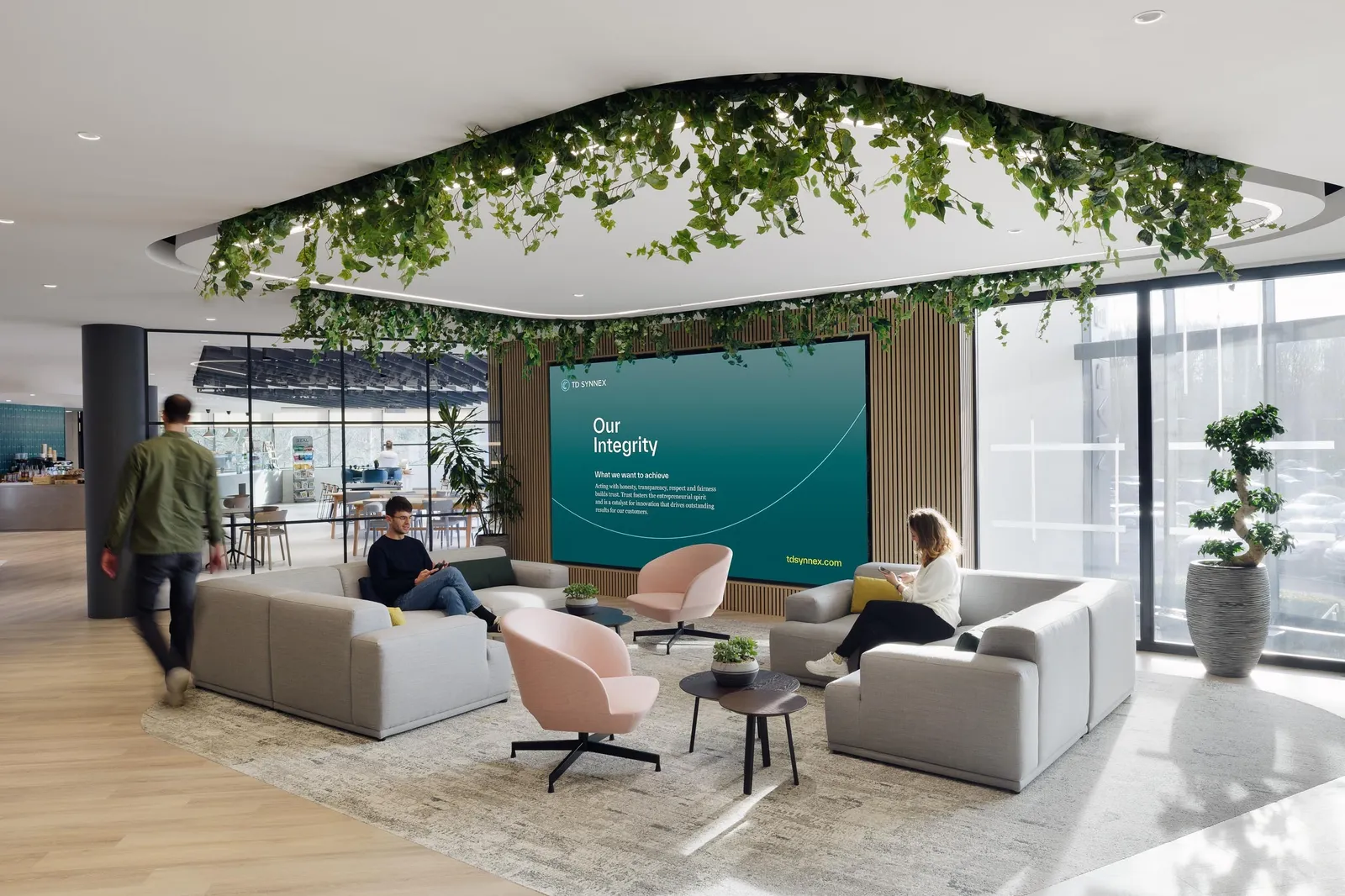
Emphasise collaboration and culture
One of the core tenets of agile workspaces is fostering collaboration and knowledge sharing. By eliminating physical barriers and creating dedicated collaboration zones, agile spaces encourage impromptu interactions and team huddles, leading to a cross-pollination of ideas and accelerated innovation. A study by Gensler found that companies with agile workspaces saw a 40% increase in collaboration and a 27% increase in innovation. Create team zones or neighbourhoods where teams with shared responsibilities or projects sit together. This fosters collaboration, communication, and knowledge sharing within the teams.
Flexibility and adaptability
Incorporate movable and adjustable furniture to allow for flexibility in workspace configuration, enabling teams to adapt the layout as needed. Design spaces that can serve multiple functions. For example, a meeting room that can be easily transformed into a training area or a collaboration space.
Feedback and continuous improvement
Regularly seek input from team members on their experience with the agile workspace, and collect suggestions for improvements or changes that can enhance collaboration and productivity. Continuously evaluate and make iterative adjustments to the workspace based on feedback and changing team dynamics, and embrace a culture of experimentation and improvement.
Remember, an agile workspace is not just about the physical environment but also the cultural and mindset shift towards collaboration, adaptability, and continuous improvement. Regularly assess the needs of your team and evolve the workspace to align with their changing requirements.
Addressing potential challenges
While the benefits of agile workspaces are compelling, it's crucial to acknowledge potential challenges. Concerns regarding distractions, noise levels, and booking popular spaces need to be addressed through careful planning, clear communication, and effective space management technologies. Additionally, transitioning to an agile culture requires a shift in mindset from both employees and management, emphasising trust, responsibility, and open communication. Consulting with office redesign experts can help ensure that any potential challenges are addressed in the design.
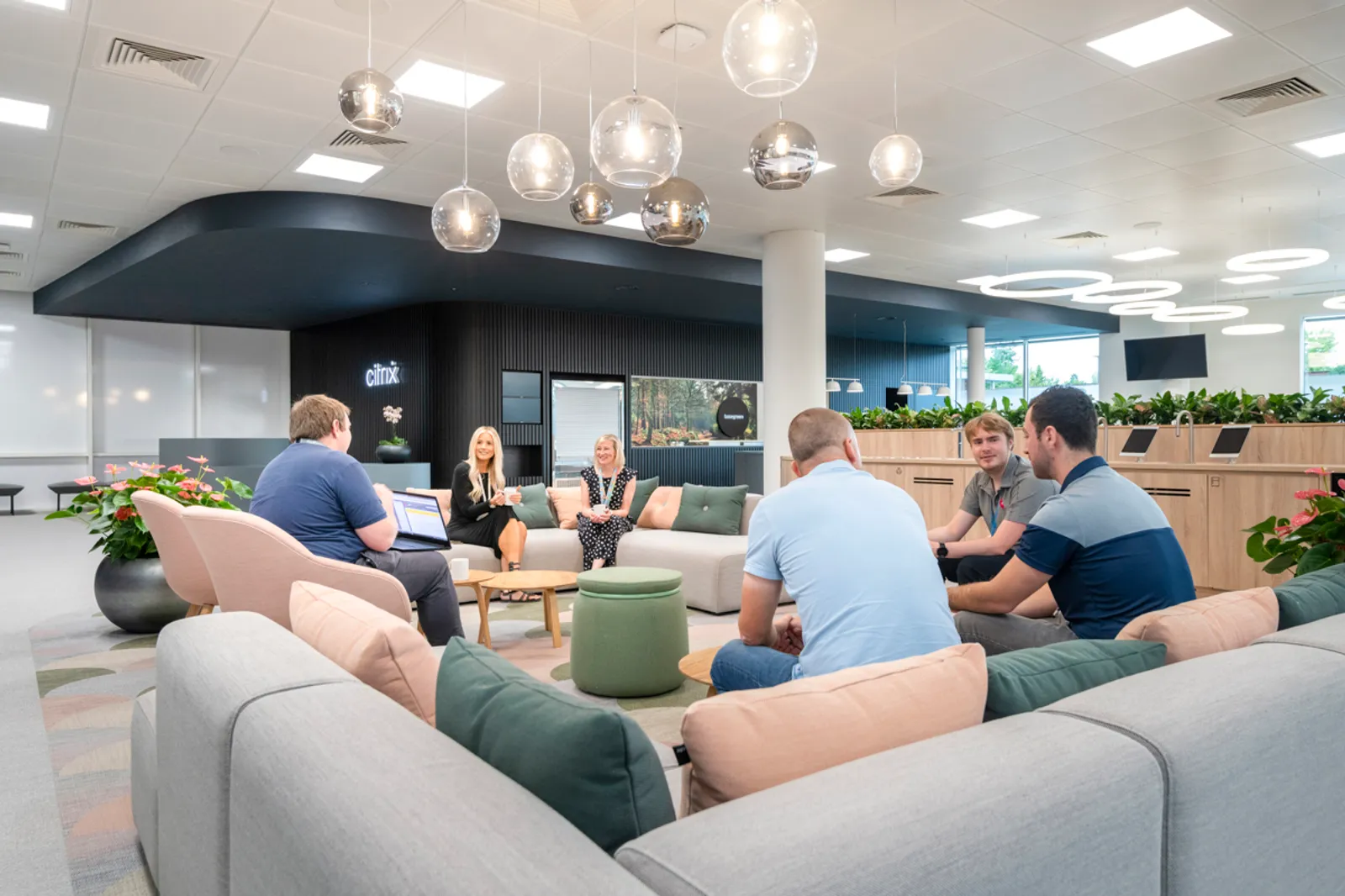
Do you want to create an agile workspace?
Agile workspace design is not simply a passing trend; it represents a fundamental shift in our understanding of how work gets done in the 21st century. By prioritising flexibility, wellbeing, and collaboration, agile spaces aim to unlock the full potential of individuals and teams, driving innovation and propelling businesses forward in an ever-evolving world.
At Area, we're passionate about helping you bring your vision of an agile workspace to life swiftly and effectively. Our dedicated team of experts is here to collaborate with you and design a new workspace tailored to your unique needs. Get in touch with us today, and together, we'll transform your vision into a tangible reality that inspires productivity and empowers your workforce for the long-term future.

